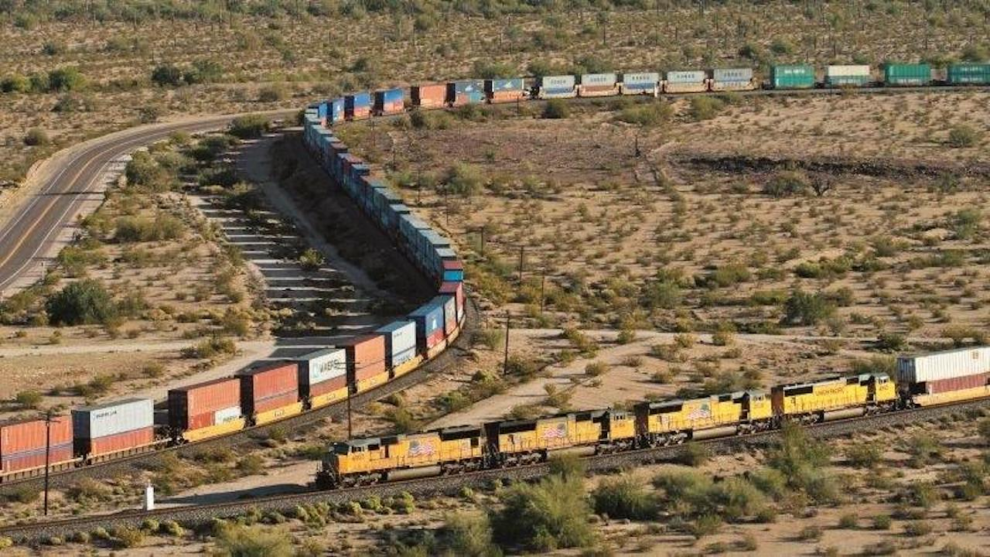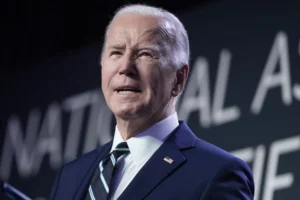OMAHA, Neb. — Union Pacific will open an intermodal terminal in Phoenix early next year to handle international traffic moving to and from the ports of Los Angeles and Long Beach. The terminal will be located in UP’s downtown yard, which has capacity to allow expansion of the terminal as demand warrants, UP said today. The fast-growing Phoenix metropolitan area, with 4.85 million residents, is the 10th largest in the U.S.
“We are excited to offer regional shippers and receivers in Arizona a fast, sustainable rail option to move product into and out of Southern California that is cost competitive and removes trucks from our nation’s congested highways, with an ability to expand offerings and grow in the future,” Kenny Rocker, UP’s executive vice president of marketing and sales, said in a statement.
The new facility will open with drayage support provided by Duncan & Son Lines, a family-owned logistics firm in Buckeye, Ariz., that primarily focuses on international container drayage from the ports of Long Beach and Los Angeles. Duncan & Sons will dray all imports to its 25-acre container yard at Laveen Village, Ariz., which is about 15 miles from the terminal.
UP says it will begin daily service between Phoenix and the ports of Los Angeles, Long Beach, and its Intermodal Container Transfer Facility in Long Beach during the first quarter of 2024.
The railroad estimates that converting tens of thousands of truckloads per year to intermodal will allow shippers to avoid 25,214 metric tons of greenhouse gas emissions annually. UP would not disclose the terminal’s annual lift capacity. The terminal will open with the ability to handle 20-foot and 40-foot international containers. UP says it will evaluate expansion of the terminal and its service offerings in the future.
The Phoenix facility follows the “pop-up” intermodal terminal strategy that UP has used to test the market before committing the capital required to build larger, permanent terminals. The others are at West Colton, Calif., in the Inland Empire transload district, and in the Twin Cities.
Intermodal analyst Larry Gross says there’s a lot of international container volume moving to the Phoenix area today, but it’s all on the highway. The 381-mile highway move is short-haul intermodal business for a railroad.
“But moving this freight on the highway will become more difficult in the future as California Air Resources Board regulations in Southern California will make low/zero emission trucks a requirement. This may be a factor in UP’s thinking,” Gross says.
“It is interesting that UP appears to be doing this without port support,” he adds, noting that makes the service different than Norfolk Southern’s short haul service from the Port of Charleston, S.C., to Greer, N.C. The South Carolina Port Authority was a prime mover behind that service. “Of course, the fact that this will be an interstate move might have something to do with the difference.
“In the past, issues holding back the implementation of intermodal mainly centered on pricing and lack of terminal capacity in L.A.,” Gross says. “For this service to be successful it will need to be competitively priced. Service speed is less important but it will need to operate in a reliable and consistent fashion. It’s good to see another example of the railroads offering new intermodal services. The railroads have been speaking about a pivot to growth for some time, but it is initiatives such as this that will be needed to convert the talk into a market reality.”
Source: Trains
















